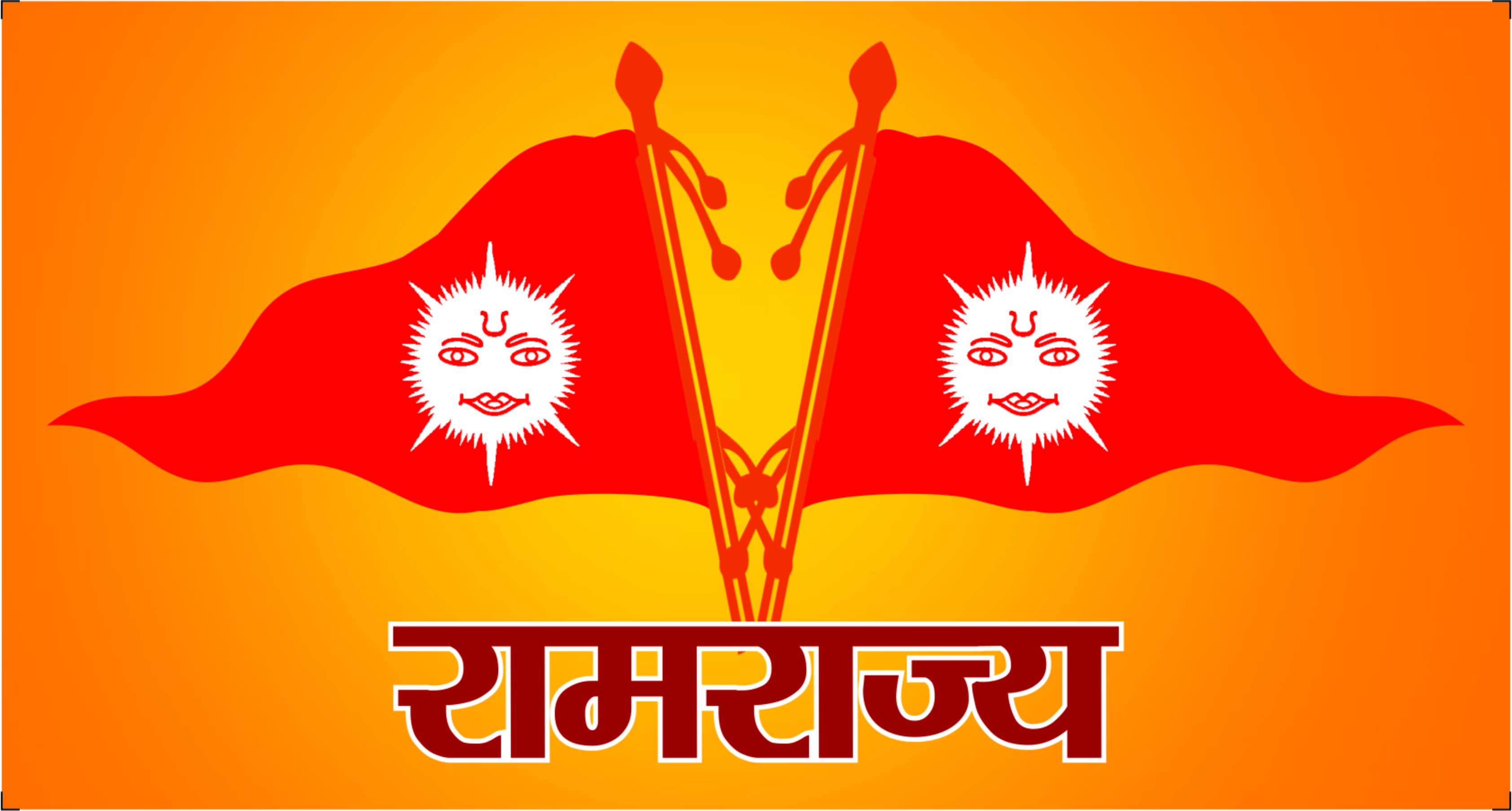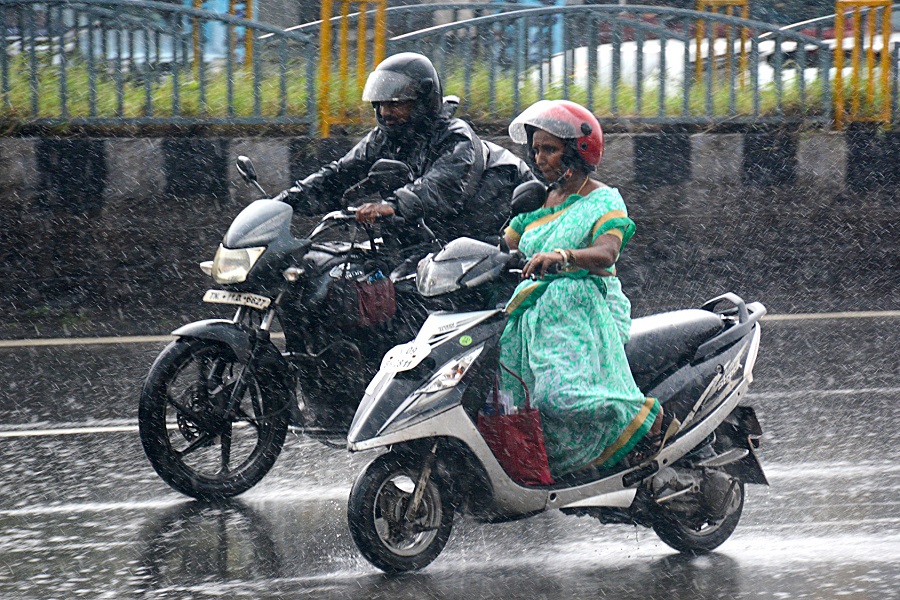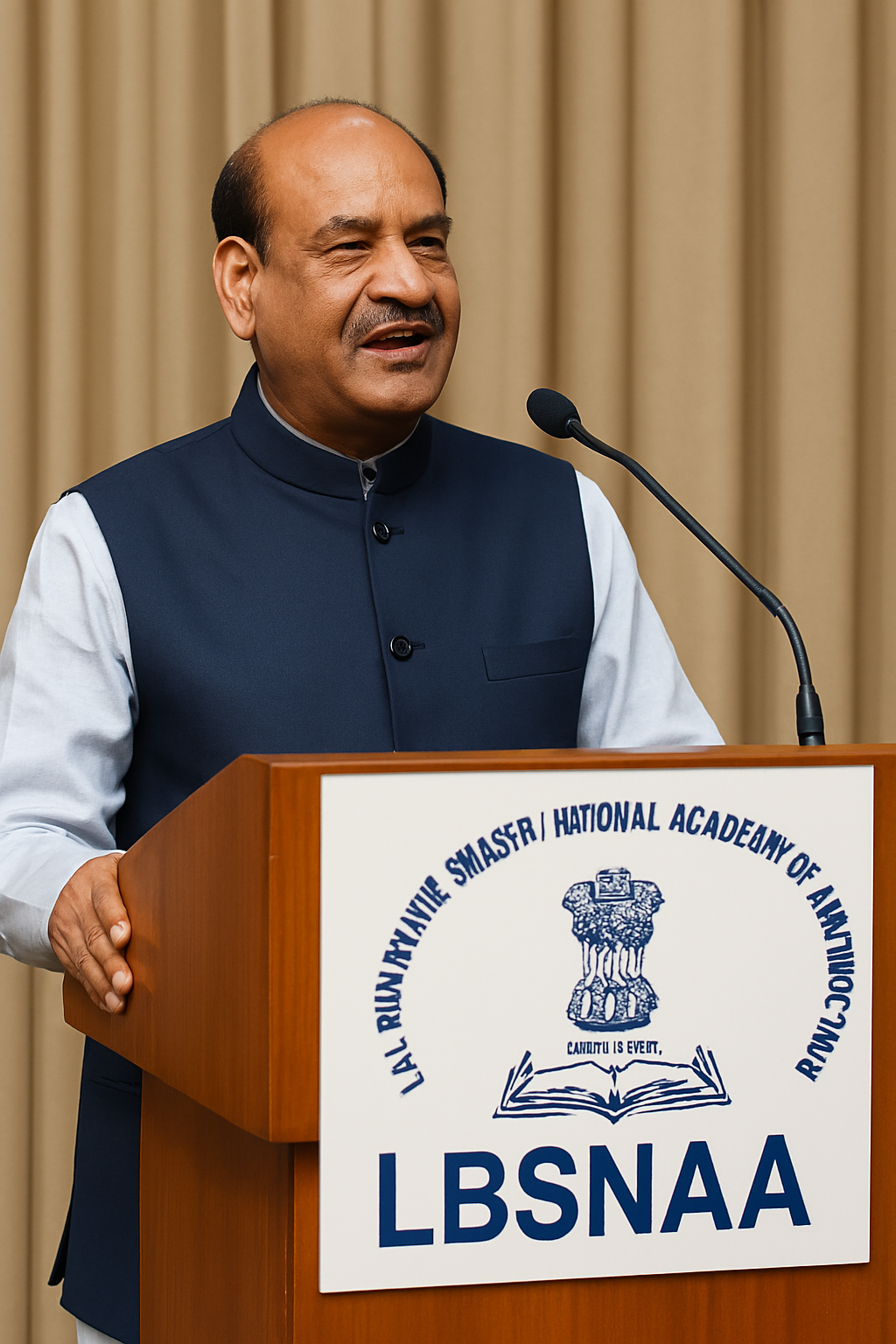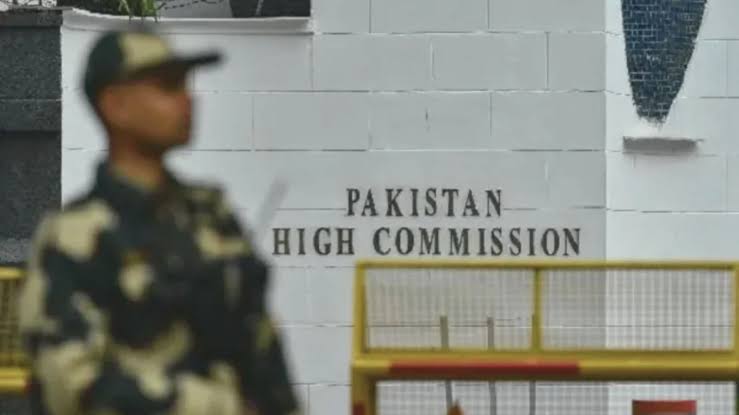Union Minister of Culture and Tourism, Shri Gajendra Singh Shekhawat, highlighted that India’s cultural heritage is a distinct strength in today’s competitive world, where technological, economic, and strategic prowess often dominate. He underscored that the country’s cultural power not only enhances its global position but also aids in the preservation of its heritage with dignity, providing a renewed sense of national identity. During his inaugural address at the 14th Foundation Day event of the National Monuments Authority (NMA) at Bharat Mandapam in New Delhi, Shri Shekhawat stressed the importance of adopting a scientific approach to heritage conservation, ensuring minimal disruption to the daily lives of citizens.
 The Minister noted that the period from 1814 to 2014 witnessed systematic attempts to undermine India’s rich heritage. He pointed out that during this time, efforts were made to convince Indians that their arts, culture, architecture, science, and knowledge were inferior to Western traditions.
The Minister noted that the period from 1814 to 2014 witnessed systematic attempts to undermine India’s rich heritage. He pointed out that during this time, efforts were made to convince Indians that their arts, culture, architecture, science, and knowledge were inferior to Western traditions.
“Over the past 10 years, under the leadership of Prime Minister Modi, both the development of the nation and the preservation of our heritage have been prioritized. This renewed focus has led to global recognition and respect for India’s cultural legacy,” Shri Shekhawat remarked. He emphasized that the government’s commitment to heritage conservation, alongside efforts to elevate the nation’s global standing, has reshaped public perceptions about the importance of preserving India’s rich cultural heritage.
The Union Minister was accompanied by Professor Kishor K. Basa, Chairman of the National Monuments Authority, along with other NMA members, senior officials from the Ministry of Culture, the Archaeological Survey of India, and various dignitaries at the event. During the occasion, Shri Shekhawat also released the NMA’s Annual Report for 2023-24, marking the Authority’s first-ever such publication. The report outlines key achievements, including the establishment of 55 Heritage Bye-Laws (HBLs) for 98 Centrally Protected Monuments in Parliament, with an additional 53 HBLs covering 57 more monuments already approved.
The NMA has also been at the forefront of utilizing Information Technology to streamline the process of issuing permissions for construction activities in areas surrounding Centrally Protected Monuments. This is a significant step in supporting the government’s “Ease of Doing Business” initiative. One of the notable advancements is the introduction of the NMA Online Application Processing System (NOAPS), which integrates cutting-edge technology from ISRO, including the SMARAC mobile app. This app uses color-coded zonal maps of Centrally Protected Monuments, enabling efficient monitoring and management of construction activities.
Shri Shekhawat acknowledged the significant progress made by the NMA over its 14 years of operation and expressed confidence that the Authority would continue to build on these successes. He concluded by stating that with continued advancements, the NMA will play a pivotal role in preserving and promoting India’s cultural heritage for future generations.




